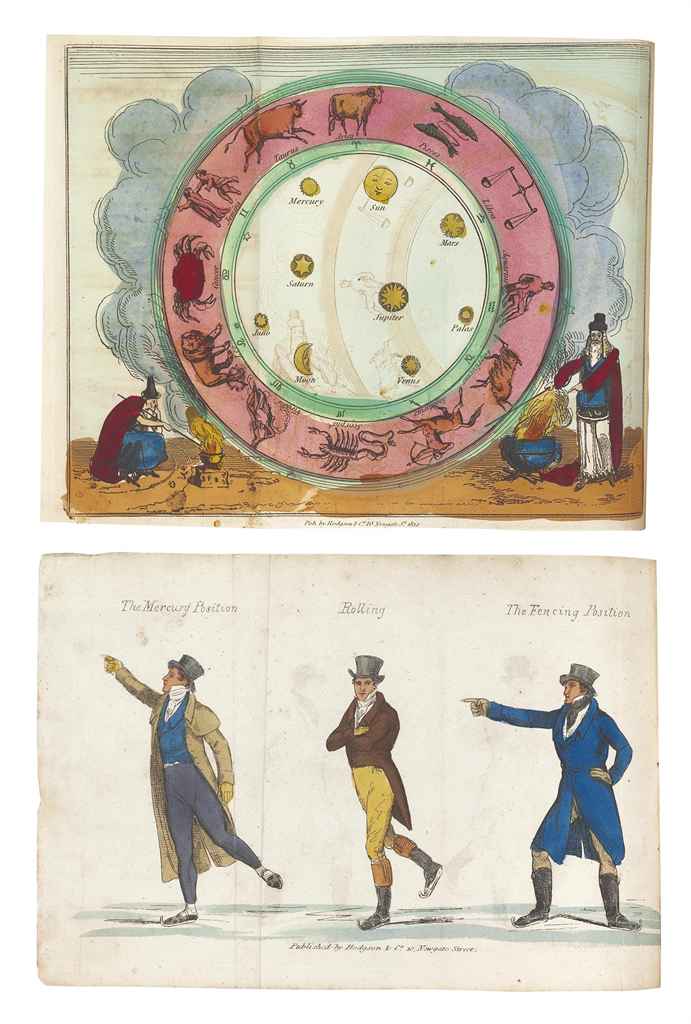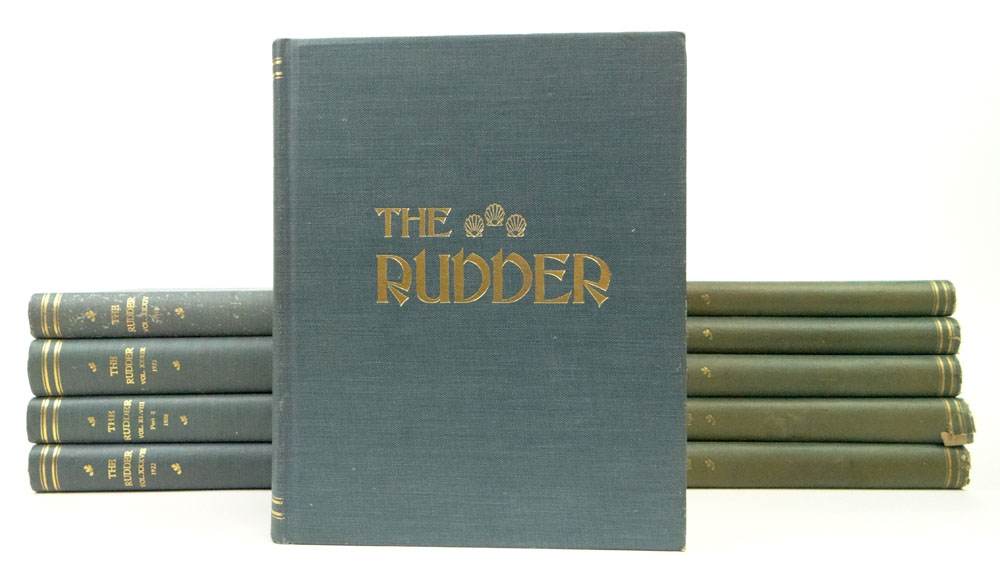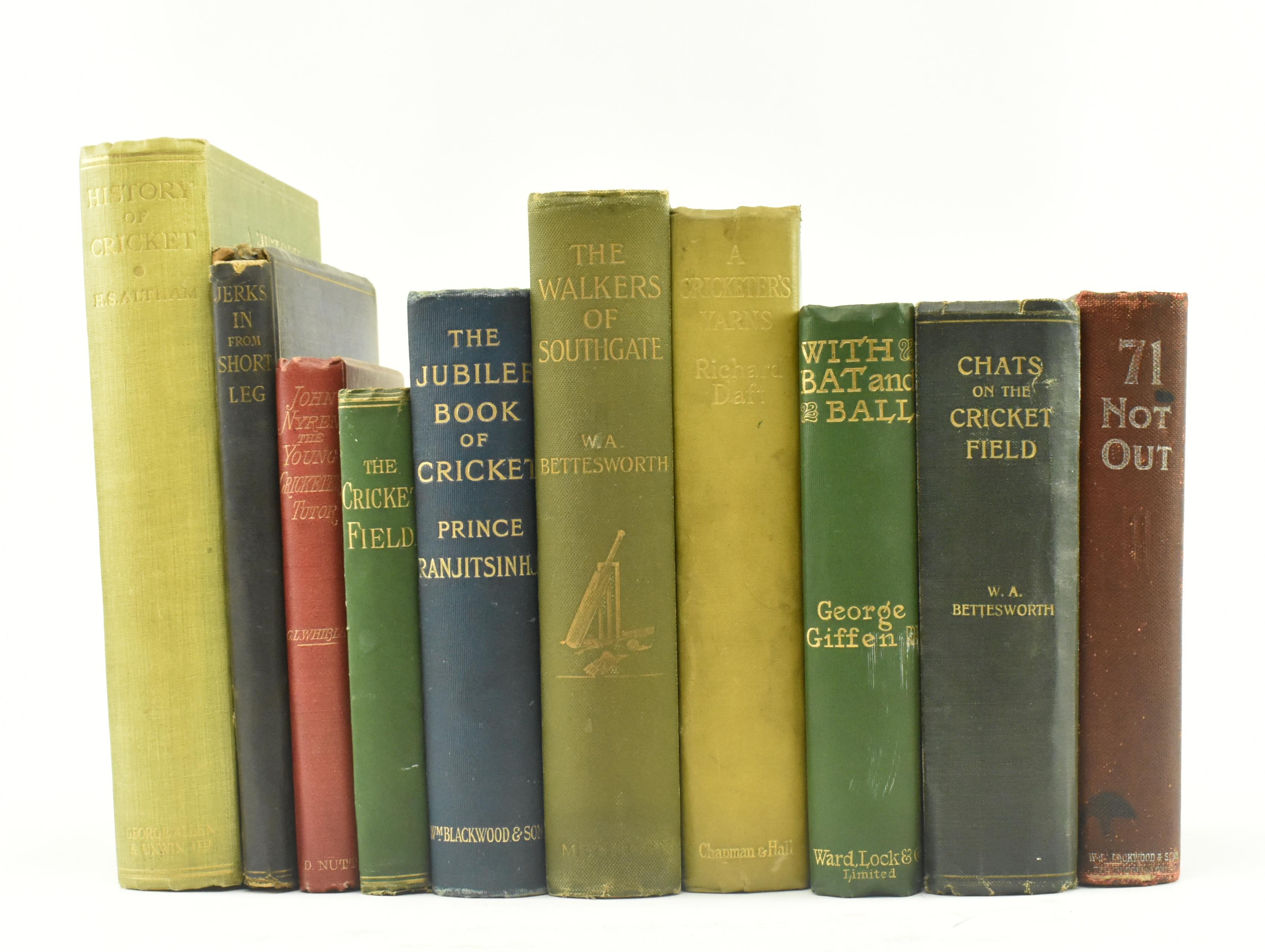(Native American) Collection of ten original photographs from James Mooney’s pioneering investigations of the Ghost Dance and other Native American circle dances Author: Mooney, James Date Published: c.1892-93 Description: Ten albumen photographs on cardstock mounts. Most images approx. 11x19 cm (4¼x7½") or a bit smaller; one is 15.3x10 cm (6x4"). Most of the photographs bear on the mount recto a pencil caption number likely in Mooney’s hand. This extremely rare and important collection documents the famous Ghost Dance and related circle dances soon after the Wounded Knee Massacre. These dramatic photographs, taken by the celebrated James Mooney, show these dances as they were taking place. Viewing the Ghost Dance among the Lakota as a threat, the U.S. Army had killed Sitting Bull while arresting him and soon thereafter killed Spotted Elk and perhaps 150 of his followers at Wounded Knee. Thus these Ghost Dance photographs represent original documentary evidence of a major phenomenon in the history of the American West. The Ghost Dance was based in part on the circle dances used by many Native Americans since prehistoric times. The teachings of the prophet Jack Wilson, also known as Wovoka, made the Ghost Dance integral to a powerful religion and system of mystical beliefs which was to have grave consequences for the American Indian people. Wovoka’s prophetic vision during the solar eclipse of January 1, 1889 involved the resurrection of the Paiute dead and the removal of whites from America. He soon gained fame as a mystic and as a prophet of peace. He communicated with the ancestors and shared visions of past greatness and future happiness. The demoralized Native Americans of the West were receptive to Wovoka’s message of redemption. Wovoka promised that a new era would be ushered in through the hypnotic five-day Ghost Dance, which rapidly spread to Native Americans throughout the American West. Mooney’s photograph of Wovoka, founder of the Ghost Dance, is one highlight of this collection. The Ghost Dance soon incorporated the belief that spiritual strength could provide physical protection. Bullet-proof “Ghost Shirts” would protect warriors from the weapons of the white man. The origins of this belief are uncertain, but anthropologist and photographer James Mooney argued that a likely source is the tradition of the Mormon “endowment garment,” which some Mormons believed would protect the pious wearer from danger. In February 1890, the United States government broke the Lakota treaty by dividing the Sioux reservation of Dakota into smaller tribal areas and failing to deliver promised economic and educational reforms. The government promoted European-American culture and forbade most Native American traditional language and cultural practices including the Ghost Dance. The furious Lakota adopted militant elements of native ritual including the Ghost Shirt, alarming whites and the U.S. Army. The growing animosity between the revitalized and militant Native Americans and white soldiers culminated in the massacre of perhaps 150 Lakota at Wounded Knee in December 1890. Thus, the secret rituals of the Ghost Dancers hold a critical place in the history of the fall of the Native American tribes. Because these rituals were rarely witnessed by non-participants, documentary evidence is rare. These photographs were taken by James Mooney (1861-1921), an anthropologist with the Bureau of American Ethnology. He left Washington in late 1890 to investigate the potentially incendiary Ghost Dance movement. In the winter of 1891 Mooney lived among the Cheyenne, Arapaho, Comanche, Wichita, and other Native Americans in Native American territory as they performed the Ghost Dance ritual, hoping to usher in the American Indian millennium. Mooney reported, “I am so far in with the medicine men, that they have invited me to take part in the dance, although they order any white man away from the grounds” (Moses, The Indian Man: A Biography of James M
(Native American) Collection of ten original photographs from James Mooney’s pioneering investigations of the Ghost Dance and other Native American circle dances Author: Mooney, James Date Published: c.1892-93 Description: Ten albumen photographs on cardstock mounts. Most images approx. 11x19 cm (4¼x7½") or a bit smaller; one is 15.3x10 cm (6x4"). Most of the photographs bear on the mount recto a pencil caption number likely in Mooney’s hand. This extremely rare and important collection documents the famous Ghost Dance and related circle dances soon after the Wounded Knee Massacre. These dramatic photographs, taken by the celebrated James Mooney, show these dances as they were taking place. Viewing the Ghost Dance among the Lakota as a threat, the U.S. Army had killed Sitting Bull while arresting him and soon thereafter killed Spotted Elk and perhaps 150 of his followers at Wounded Knee. Thus these Ghost Dance photographs represent original documentary evidence of a major phenomenon in the history of the American West. The Ghost Dance was based in part on the circle dances used by many Native Americans since prehistoric times. The teachings of the prophet Jack Wilson, also known as Wovoka, made the Ghost Dance integral to a powerful religion and system of mystical beliefs which was to have grave consequences for the American Indian people. Wovoka’s prophetic vision during the solar eclipse of January 1, 1889 involved the resurrection of the Paiute dead and the removal of whites from America. He soon gained fame as a mystic and as a prophet of peace. He communicated with the ancestors and shared visions of past greatness and future happiness. The demoralized Native Americans of the West were receptive to Wovoka’s message of redemption. Wovoka promised that a new era would be ushered in through the hypnotic five-day Ghost Dance, which rapidly spread to Native Americans throughout the American West. Mooney’s photograph of Wovoka, founder of the Ghost Dance, is one highlight of this collection. The Ghost Dance soon incorporated the belief that spiritual strength could provide physical protection. Bullet-proof “Ghost Shirts” would protect warriors from the weapons of the white man. The origins of this belief are uncertain, but anthropologist and photographer James Mooney argued that a likely source is the tradition of the Mormon “endowment garment,” which some Mormons believed would protect the pious wearer from danger. In February 1890, the United States government broke the Lakota treaty by dividing the Sioux reservation of Dakota into smaller tribal areas and failing to deliver promised economic and educational reforms. The government promoted European-American culture and forbade most Native American traditional language and cultural practices including the Ghost Dance. The furious Lakota adopted militant elements of native ritual including the Ghost Shirt, alarming whites and the U.S. Army. The growing animosity between the revitalized and militant Native Americans and white soldiers culminated in the massacre of perhaps 150 Lakota at Wounded Knee in December 1890. Thus, the secret rituals of the Ghost Dancers hold a critical place in the history of the fall of the Native American tribes. Because these rituals were rarely witnessed by non-participants, documentary evidence is rare. These photographs were taken by James Mooney (1861-1921), an anthropologist with the Bureau of American Ethnology. He left Washington in late 1890 to investigate the potentially incendiary Ghost Dance movement. In the winter of 1891 Mooney lived among the Cheyenne, Arapaho, Comanche, Wichita, and other Native Americans in Native American territory as they performed the Ghost Dance ritual, hoping to usher in the American Indian millennium. Mooney reported, “I am so far in with the medicine men, that they have invited me to take part in the dance, although they order any white man away from the grounds” (Moses, The Indian Man: A Biography of James M















Testen Sie LotSearch und seine Premium-Features 7 Tage - ohne Kosten!
Lassen Sie sich automatisch über neue Objekte in kommenden Auktionen benachrichtigen.
Suchauftrag anlegen